Introduction: McLaren’s Position as an Automotive Icon
McLaren is a name that conjures visions of racing prowess, engineering mastery, and luxurious supercars. Born from the vision of New Zealand racing legend Bruce McLaren, the company has evolved into a technological powerhouse in the world of automotive design and performance. Its cars are not just about speed—they represent the pinnacle of engineering innovation, aerodynamics, lightweight materials, and cutting-edge hybrid systems. In the context of supercars, McLaren has transformed from a Formula 1 team to a highly respected road car manufacturer, one that regularly outpaces competitors in terms of performance and technological advancements.
In this article, we will explore how McLaren has evolved through its engineering expertise, and its knowledge of automotive design, from early racing roots to modern-day supercars. We’ll analyze the technological developments that have been pioneered by the brand and how they continue to set the benchmark for what a high-performance car can achieve.
1. McLaren’s Engineering DNA: Racing Roots and Expertise
Bruce McLaren’s Vision: The Birth of McLaren Racing
McLaren’s automotive knowledge begins in motorsport. Founded in 1963 by Bruce McLaren, the company’s racing division quickly established itself as a dominant force in Formula 1. The racing cars McLaren developed showcased an innovative approach to lightweight engineering and aerodynamic design—principles that would later transfer to its road cars.
Bruce McLaren’s early vision was clear: create the best possible race car by blending lightweight design with powerful, agile performance. The company’s success in Formula 1 was built on engineering excellence—attributes like the carbon-fiber monocoque chassis, which became a hallmark of McLaren’s design philosophy. McLaren’s F1 team, known for engineering-driven victories, secured multiple World Championships and introduced innovations that changed the way cars were engineered for decades.
McLaren’s early racing cars like the McLaren M2B (1966) and McLaren MP4/4 (1988), the latter of which won 15 of 16 races in the 1988 F1 season, underscored the company’s engineering ability and relentless drive to optimize performance.
Formula 1 Expertise Translates to Road Cars
The knowledge McLaren gathered through years of Formula 1 racing provided the foundation for the development of McLaren’s first road-going hypercar, the McLaren F1 (1992). Drawing on the expertise in aerodynamics, weight-saving techniques, and performance dynamics, McLaren redefined road car development with a vehicle that emphasized the connection between track-ready performance and on-road driving pleasure.
2. McLaren’s Core Engineering Principles
Lightweight Engineering and Carbon Fiber Monocoque Chassis
A defining feature of McLaren’s approach to performance cars is its lightweight design. From the early days of McLaren racing, the company sought to reduce the weight of its vehicles to maximize handling and speed. The introduction of the carbon-fiber monocoque chassis was a groundbreaking development that revolutionized not only McLaren’s own cars but the entire automotive industry.
The carbon-fiber monocoque—first introduced in the McLaren MP4/1 (1981) F1 car—has become synonymous with McLaren’s road cars, starting with the McLaren F1. The use of carbon fiber allowed McLaren to build extremely strong and rigid structures while reducing the overall weight of their cars, contributing to faster acceleration and more agile handling.
By using carbon fiber in place of steel or aluminum, McLaren was able to achieve unmatched strength-to-weight ratios—an achievement that has become a benchmark for modern supercars. Today, the MonoCell technology continues to define McLaren’s vehicles, making them not only lighter but more responsive on the track and on the road.
Aerodynamics and Active Systems
Aerodynamics plays a crucial role in McLaren’s road car development. Early racing efforts helped McLaren engineers understand how airflow over a vehicle affects both performance and efficiency. This knowledge was applied to McLaren’s road-going models to improve downforce and stability, particularly at high speeds.
McLaren cars feature advanced active aerodynamics systems, such as adjustable rear spoilers and active flaps, which adapt to driving conditions to optimize performance. For instance, the McLaren P1 featured a double-acting rear spoiler that adjusts automatically for optimal downforce at various speeds.
This blend of passive and active aerodynamic technologies ensures that McLaren vehicles are capable of high-speed stability and exceptional handling, making them the preferred choice for track-focused enthusiasts as well as road car collectors.
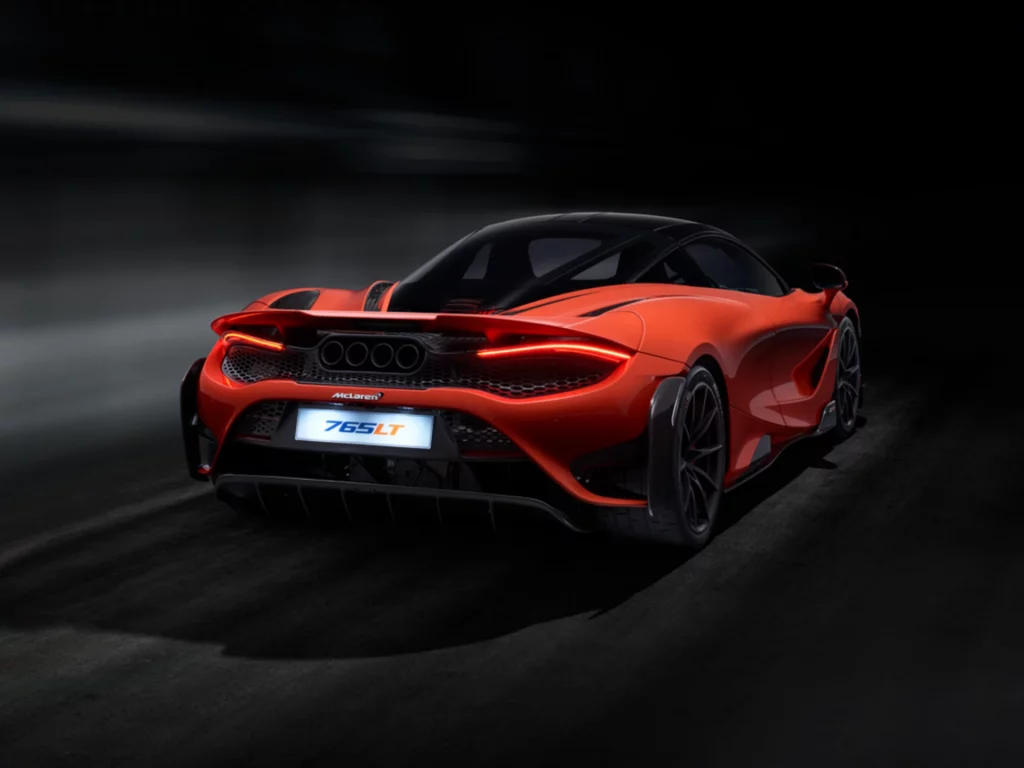
3. McLaren’s Hybrid Revolution: Merging Performance and Sustainability
Pioneering Hybrid Technologies with the McLaren P1
McLaren’s approach to hybridization was revolutionary, especially with the introduction of the McLaren P1 (2013). As the brand’s first hybrid supercar, the P1 integrated an electric motor with a 3.8-liter twin-turbocharged V8 engine, creating a combined output of 903 horsepower and 664 lb-ft of torque. This hybrid powertrain achieved incredible acceleration while maintaining the purity of driving performance McLaren is known for.
The electric motor of the P1 not only provided additional torque but also helped improve fuel efficiency and reduce emissions, demonstrating McLaren’s commitment to sustainable performance. The P1’s success set the stage for further hybrid innovations, including the McLaren Artura (2021), which continues McLaren’s pursuit of combining eco-friendly solutions with extreme performance.
The Artura: A New Era of Hybrid Performance
The McLaren Artura (2021) marked McLaren’s full transition into a hybrid-first manufacturer. With a 3.0-liter twin-turbocharged V6 engine paired with an electric motor, the Artura delivers a combined output of 671 horsepower while significantly improving fuel efficiency and reducing emissions. The Artura is not only more powerful than earlier V8-based models, but it is also lighter, more efficient, and offers better handling dynamics due to the lightweight carbon fiber construction.
The Artura represents the company’s dedication to sustainability without compromising on the thrills and performance that McLaren is known for. By blending electric and traditional combustion technologies, McLaren has become a leader in the hybrid supercar segment, and the Artura sets a high bar for future hybrid supercars.
4. Performance Technologies: The McLaren Driving Experience
The Ultimate Driving Experience: Handling, Stability, and Precision
McLaren is renowned for delivering a purist driving experience. This stems from its racing heritage and emphasis on engineering that elevates handling precision and driving feel. From the first McLaren F1 to the latest 720S, every McLaren model is designed to provide the most engaging, responsive, and intuitive driving experience.
Central to this experience is McLaren’s Proactive Chassis Control system, which uses advanced algorithms to optimize suspension settings in real time based on driving conditions. This system allows McLaren cars to provide precise handling while remaining incredibly comfortable, making them equally at home on a race track or winding mountain roads.
McLaren also uses carbon-ceramic brakes for optimal stopping power, and its Seven-speed dual-clutch transmission ensures that gear changes are as quick and smooth as possible. Every component of a McLaren is engineered for maximum performance and driver satisfaction, ensuring that enthusiasts feel connected to the car in ways that few other supercars can match.
Track Focused Innovations: The McLaren Speedtail and McLaren Sabre
McLaren’s focus on performance engineering goes beyond just road-going models. The McLaren Speedtail, for example, is a hyper-GT that blends cutting-edge hybrid technology with a design philosophy centered on aerodynamics and top-speed performance. With a top speed of 250 mph, it is one of the fastest cars McLaren has ever built.
The McLaren Sabre (2020), meanwhile, was created for an exclusive group of buyers and focused on extreme performance and aerodynamics. Limited to only 15 units, the Sabre features 750 horsepower and a top speed of 218 mph, making it one of the fastest and most exclusive McLaren models to date.
5. McLaren’s Vision for the Future: Continuously Evolving with Technology and Performance
Embracing a Future of Electrification
As McLaren moves towards sustainability, the future of its automotive knowledge lies in integrating more electric and hybrid technologies. The company’s Track25 business plan outlines that by 2025, half of McLaren’s models will be hybrid, and fully electric McLaren models are expected by the early 2030s.
McLaren’s focus on lightweight construction, aerodynamics, and driver-focused performance will remain central to its approach, but the electrification of the brand’s future models will further enhance performance while reducing environmental impact.
Smart, Connected Cars: Integrating Technology for the Future
The future of McLaren cars will also see the incorporation of smart technologies, including autonomous driving aids, infotainment systems, and more integrated connectivity for driver convenience and safety. The application of AI and data analytics will likely play a larger role in improving both vehicle performance and driver experience.
Conclusion: McLaren’s Continuing Legacy of Automotive Excellence
McLaren’s automotive knowledge spans nearly six decades of racing triumphs, engineering breakthroughs, and unparalleled performance. The brand has revolutionized the supercar industry by combining track-ready technology with luxury road cars—all while constantly pushing the boundaries of what’s possible in terms of engineering, design, and performance.
From its use of lightweight carbon fiber and hybrid systems to the unrivaled performance provided by Proactive Chassis Control, McLaren continues to shape the future of the supercar and hypercar industry. As the company evolves, it will undoubtedly remain a symbol of innovation, driving technology, and racing pedigree, continuing to lead in high-performance automotive design and sustainability.






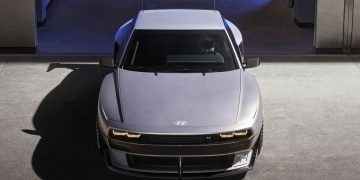


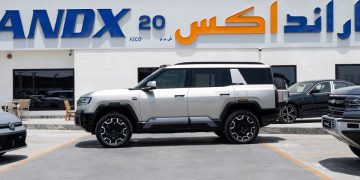

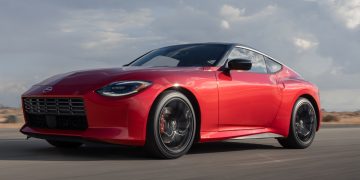









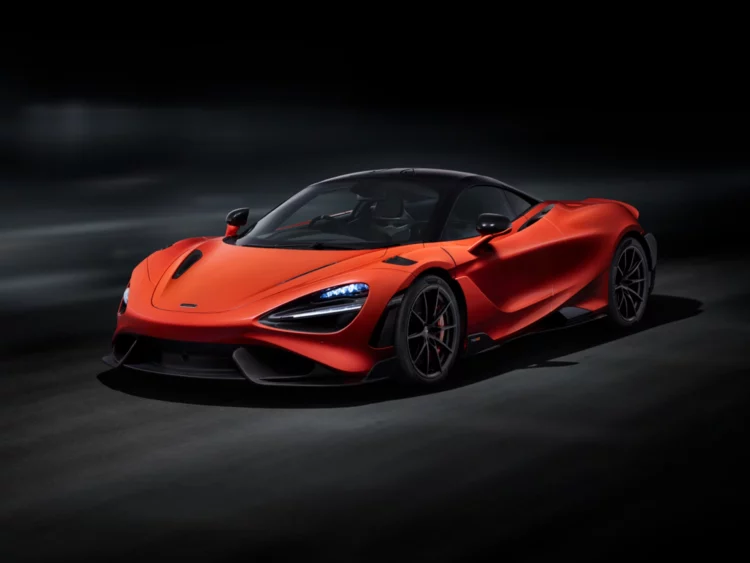












Discussion about this post